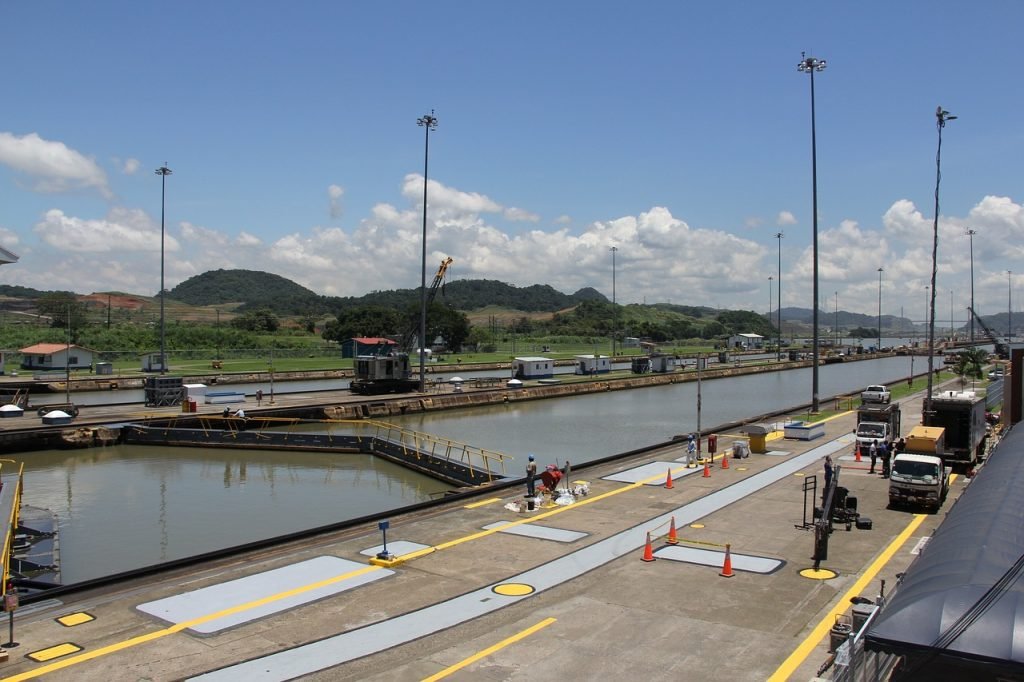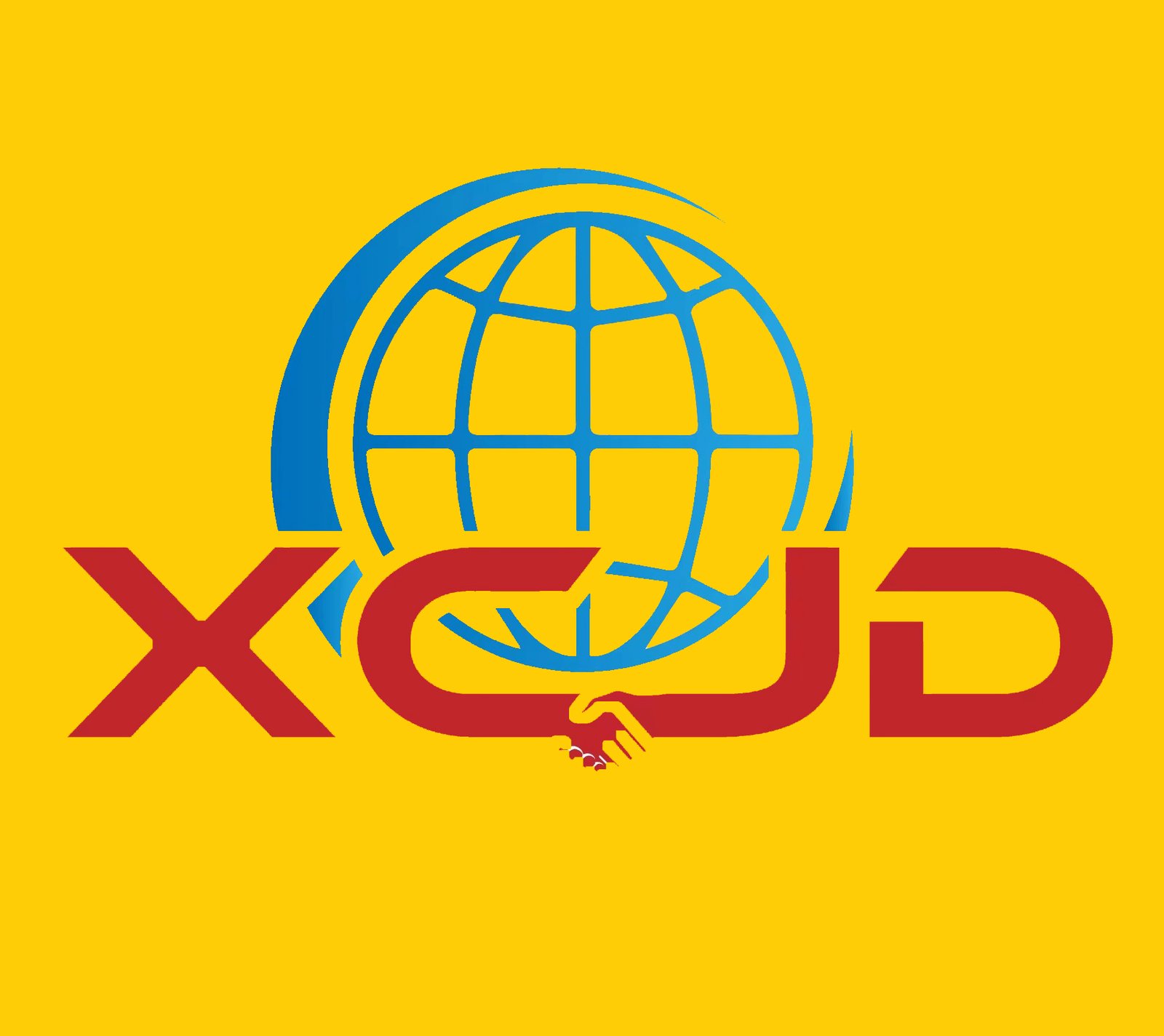The Alliance (ONE, Hapag, HMM, Yang Ming) announced the first major movement of US vessels in the East and Gulf from the Panama Canal to Suez. All carriers and cargo on routes EC1, EC2 and EC6 will be transferred, increasing transit times by 7 to 10 days.
The following chart lists the first set of ships transiting the Suez Canal. For all shipments marked EC1, EC2 and/or EC6, the consignee should expect the vessel to be forwarded via the Suez Canal.
Please refer to carrier-specific advisory pages for updates as they become available:
| Route | Week | Vessel/ Voyage | Origin | ETD | First Destination Port |
|---|---|---|---|---|---|
| EC1 | WK48 | MADRID EXPRESS 016E | Busan | Nov 28 | New York |
| EC1 | WK48 | BASLE EXPRESS 048E | Busan | Dec 2 | New York |
| EC1 | WK49 | DORTMUND EXPRESS 051E | Busan | Dec 8 | New York |
| EC2 | WK48 | AL QIBLA EXPRESS 030E | Busan | Nov 27 | Savannah |
| EC2 | WK49 | NEW YORK EXPRESS 050E | Busan | Dec 3 | Savannah |
| EC6 | WK48 | EVER SMILE | Busan | Nov 28 | Houston |
| EC6 | WK48 | MOL CELEBRATION | Busan | Nov 29 | Houston |
| EC6 | WK49 | MOL COURAGE | Busan | Dec 5 | Houston |
For any questions related to these service changes, please reach out to us who can help you track in real-time which of your shipments may be impacted.
Updated on November 30, 2023.
The Current Situation
For months, the international shipping industry has been watching the Panama Canal as a severe drought threatens water levels and forces authorities to impose weight and size restrictions on ships that can cross the waters. Currently, the restrictions imposed by the Panamanian Maritime Authority have had little impact, as there is less demand for vessels that have lifted vessel weight restrictions.
The Panamanian Regulatory Authority has reduced the maximum draft (the distance between the waterline and the deepest point of the vessel) for vessels that can cross the canal from 1 .9 meters to 13. meters. By February 2023 , the average number of daily shipments per river will drop from an average of 3 per day in January-October 2023 to 18.
With these restrictions looming, eastbound trans-Gulf carriers are changing some services to transit through the Suez Canal, increasing transit times by up to seven days.
The Global Impact on Logistics
As the situation worsens, all shipping lines are studying routes through Suez or around the Cape of Good Hope. Several ships were moved in November, but no changes were made.
The first big changes will start in December. The Alliance (ONE, Hapag, HMM, Yang Ming) will transfer two services calling mainland China, Taiwan and South Korea to the US East Coast (EC1 and EC2) and its signal service to the Gulf Coast (EC6). ), and offers services in mainland China, Taiwan and Korea. It is unclear whether it will have other connections or whether it will consider a ship-to-ship program to make the service permanent.
Transit time changes will be officially announced when listings are finalized, but changes will take approximately 7 days for Eastern US transit times and 10 days for Pacific transit times – a-Kiwa. We also expect services from Asia to Latin America, as EC1, mentioned above, calls Manzanillo and Rodman, and EC2 calls Cartagena. The removal of these services may affect options from Asia to Latin America, or return services from the United States to Latin America or from Latin America to Asia.
All cargo over 1 tons per TEU is recommended to transit through the Suez Canal or the West Coast of the United States. For all other US services. East Coast and Gulf via the Panama Canal, TEU weight limits vary by airline, but 7 tons per TEU is the average limit for restricted airlines.

How the Panama Canal Works
Each ship that passes through the Panama Canal uses approximately 200 million gallons of water. And when the drought hits, that’s a problem. The Panama Canal operates with a system of locks fed by fresh water drawn from Lake Gatún. The water leaves the lake, the highest point of the river, through a system of locks and flows into the sea. Canada’s new locks can recycle about 60 percent of the water, but they still need enough water for all ships to navigate.
The average lake level this time of year should be around 87 feet, but the lake is currently at 81.8 feet and is expected to stay at or near that level through January. To make matters worse, the lake only receives 70% of the input (mostly rain) to cover the water use from the river.
To solve this problem, about a year ago the Panama Canal Authority began limiting the draft (the distance between the waterline and the bottom of the ship) of ships using the ship. The current draft limit is feet (compared to the previous 50 feet). There are many factors that affect the model of a boat, but the first and easiest to control is the boat and its weight. For every foot of draft reduction, the weight of a container ship should be reduced by 300 to 00 TEU (based on 1 tons of cargo). Thus, a 6-foot reduction in the model equates to a reduction in vessel capacity from 1,800 to 2, 00 TEU.
Since the reduction in navigation patterns was too low to control the water levels of Lake Gatun, the river authorities began to stop daily traffic. There are 3 scheduled public transport trips per day. It has been reduced to 2 and is expected to decrease to 18 on February 1, 2024.
